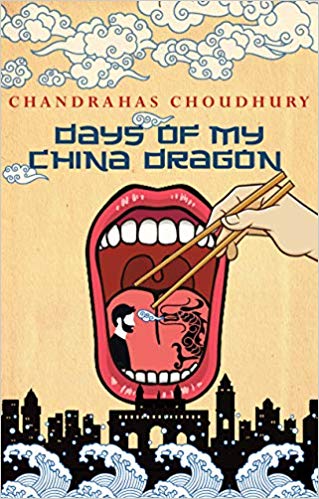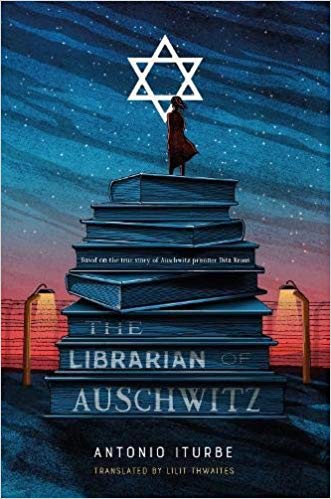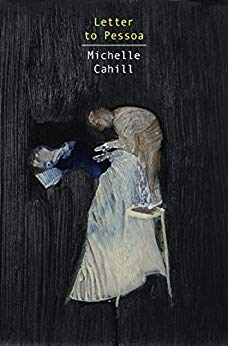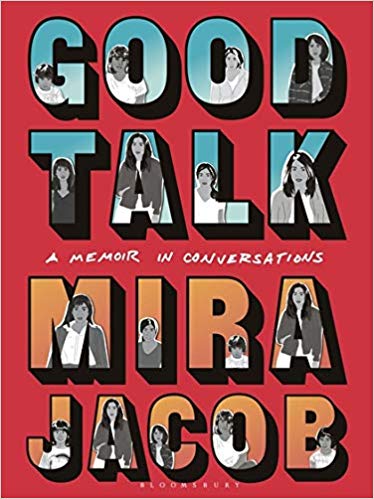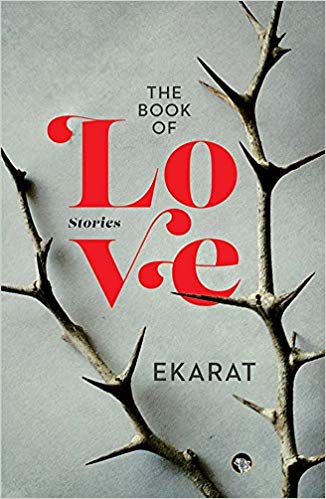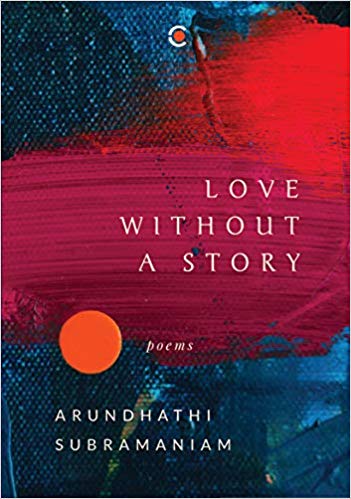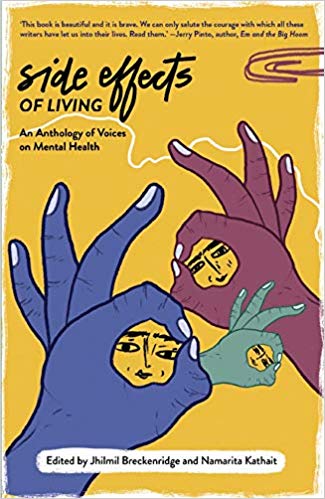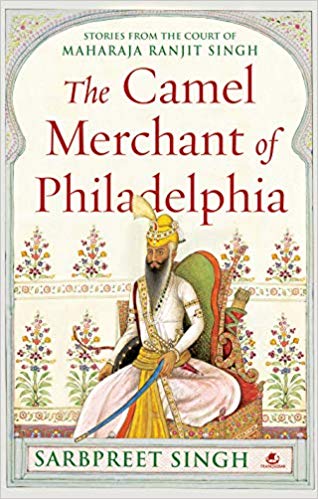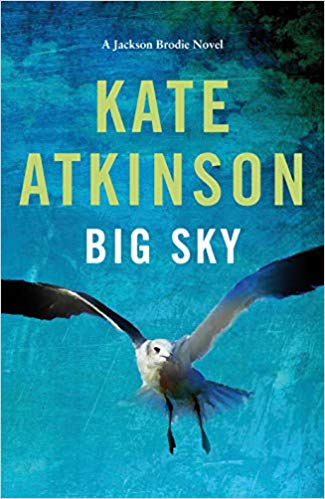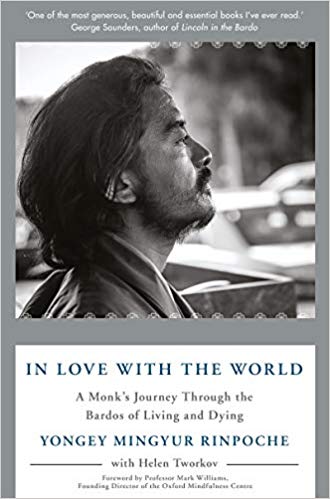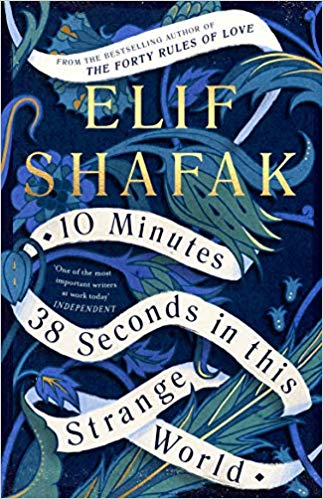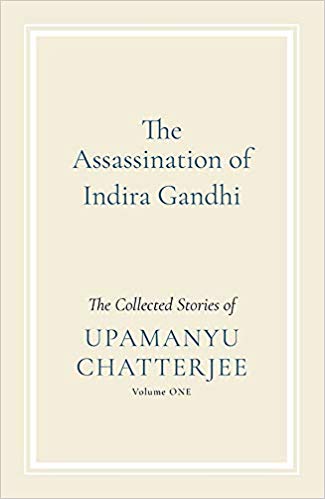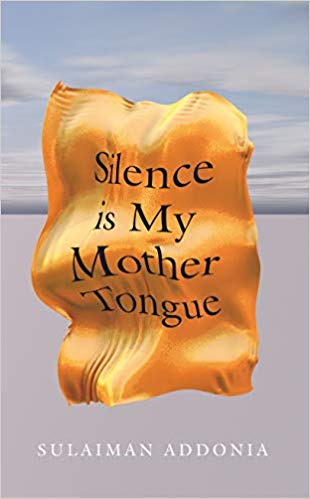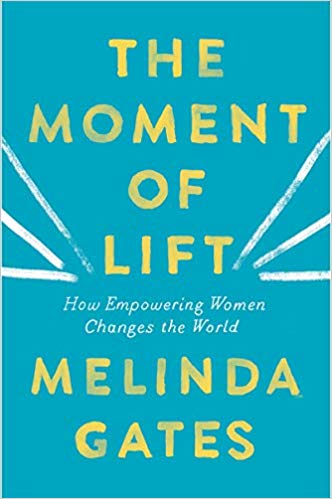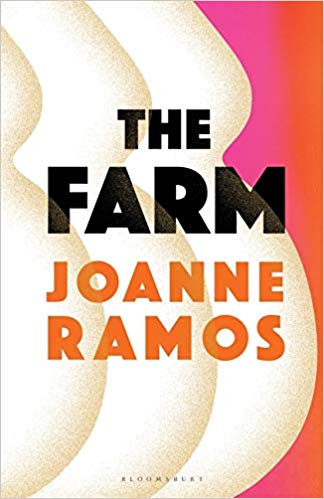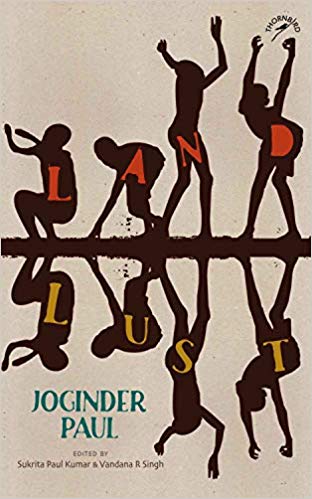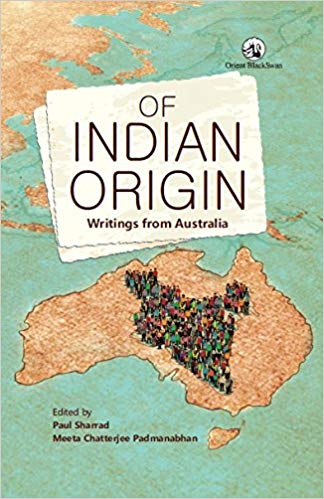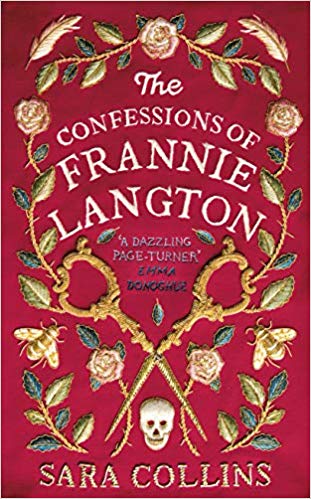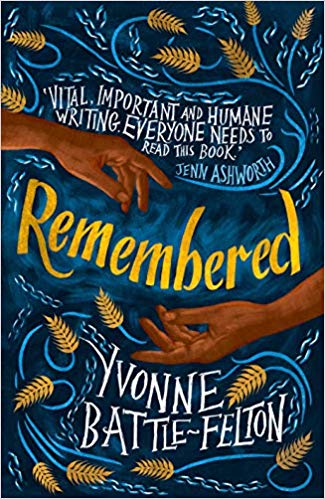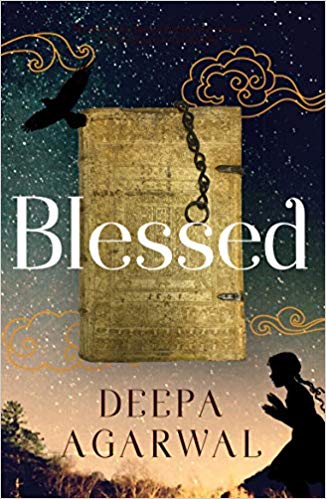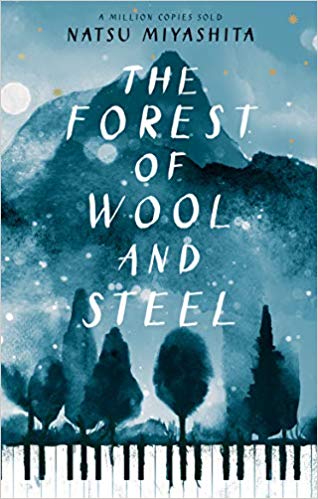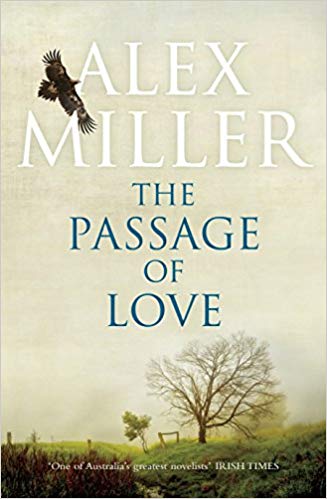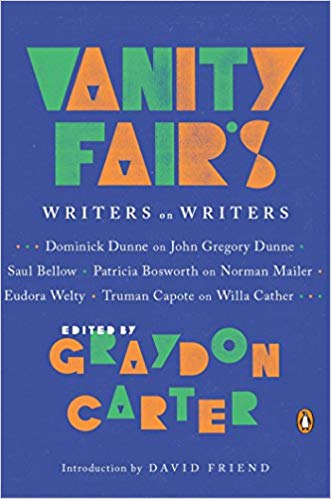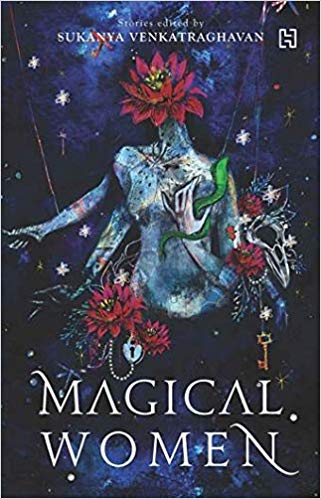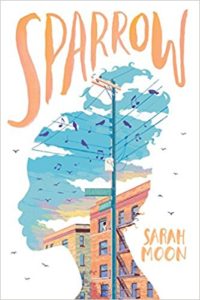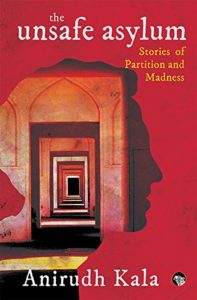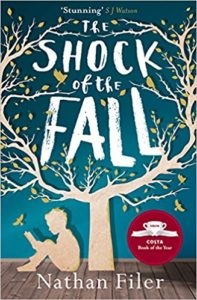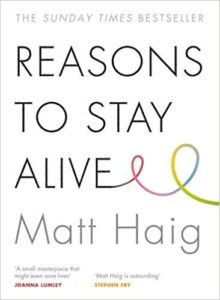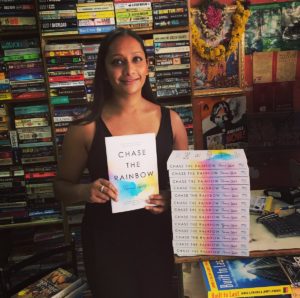Alice Oseman’s “Heartstopper”, Vols 1- 3
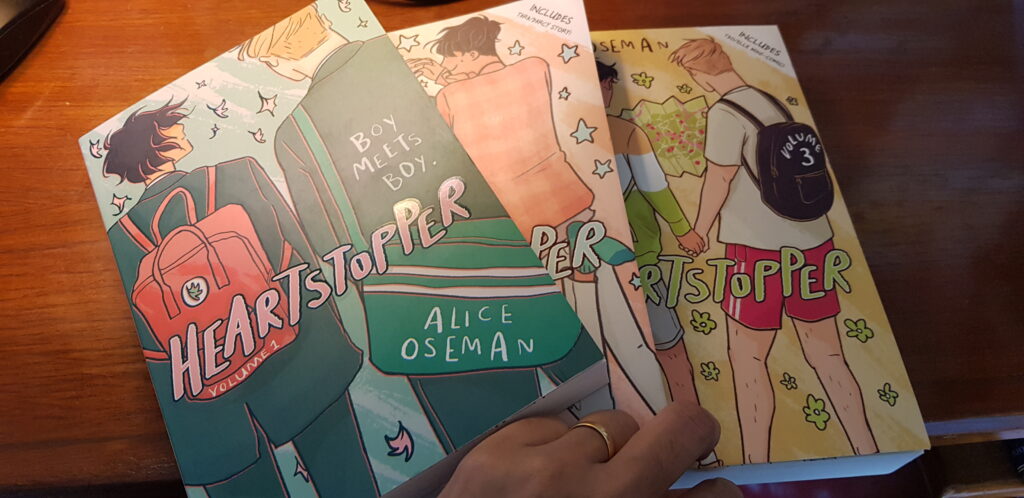
Writer, comic artist and illustrator Alice Oseman won her first publishing contract at the age of 17. Since then she has written three young adult novels and converted her popular web comic series, Heartstopper, into a four-book deal with Hachette Children’s Group. The first three volumes of the graphic novels have been published — Volume One, Volume Two, and Volume Three.
Heartstopper is a lovey-dovey story about two high school teenagers who discover that they are in love. Charlie and Nick are eighteen months apart in age. Charlie came out to his family and friends in Grade 9 and faced the horrific consequences of being bullied in school. Nick is the tough, popular, typical footballer-kind of schoolboy, who is in Grade 11. The three volumes are about Nick coming to terms with his love for Charlie. Nick is extremely hesitant and confused as he cannot undertand his attraction for the same sex particularly when he is also attracted to girls. Slowly Nick realises he is bisexual but his love for Charlie is for now firm.
The series move gently. At times it seems far too much time is spent in understanding and coming-to-terms with first love. But the awkwardness and anxiety riddled questions about whether the boys are making the right choices are very well presented. They are from a youngster’s perspective. It is difficult to describe but when adolescents are in love or think they are in love, it is a time-consuming preoccupation for them, usually at the cost of everything else — as Nick discovers when he fails to complete his maths homework,. His excuse? He had been up till late at night texting Charlie!
Heartstopper will fit very well in a YA LGBTQ+ list or section of a library except it is hard to imagine that many school librarians will permit these graphic novels to sit in the general section of their library. While YA LGBTQ+ lists are more and more well-defined with every passing year, their acceptance amongst the reading public will take time. The readers exist in the target audience of adolescents but the gatekeepers are still the adults. While novels of these lists are proliferating, particularly with Scholastic, graphic novels may be more challenging to accept for their explicit illustrations. Heartstopper is filled with innumerable scenes of kissing, hugging, cuddles and stolen moments between Nick and Charlie that may not go down too well with many adults who firmly believe that texts exploring sexuality are not necessarily to be introduced to imressionable minds. Having said that there are many, many reasons as to why these books must be shared, talked about and kept in classroom and institutional libraries. These are conversation starters. More importantly, while LGBTQ+ movements around the world continue gain in strength, younger generations continue to experience the confusion and anxiety that their sexual orientation may cause to them at first. It creates mental anguish that is not easy to share and discuss even with one’s closest family members as unfortunately acceptance of gay love continues to be taboo in many families. This is where books like Heartstopper prove to be useful. It is easy to read in solitude and come across questions that are constantly playing out in one’s mind. There are advantages of reading books as it helps in recognising and relating to scenarios outlines in the stories. LGBTQ+ activists may dismiss these books as being far too simplistic in their approach but the fact is that there are many youngsters who are worried and need to know. They may not be absolutely familiar with sophisticated arguments of the LGBTQ+ movement. It is important to start with the basics and slowly guide adolescents to a level of understanding and comfort that their anxiety about their sexual orientation is misplaced. As regards social acceptance, there are challenges but these too can be addressed slowly and steadily.
Heartstopper may not be to everyone’s liking but it is worth reading and discussing.
4 October 2020

